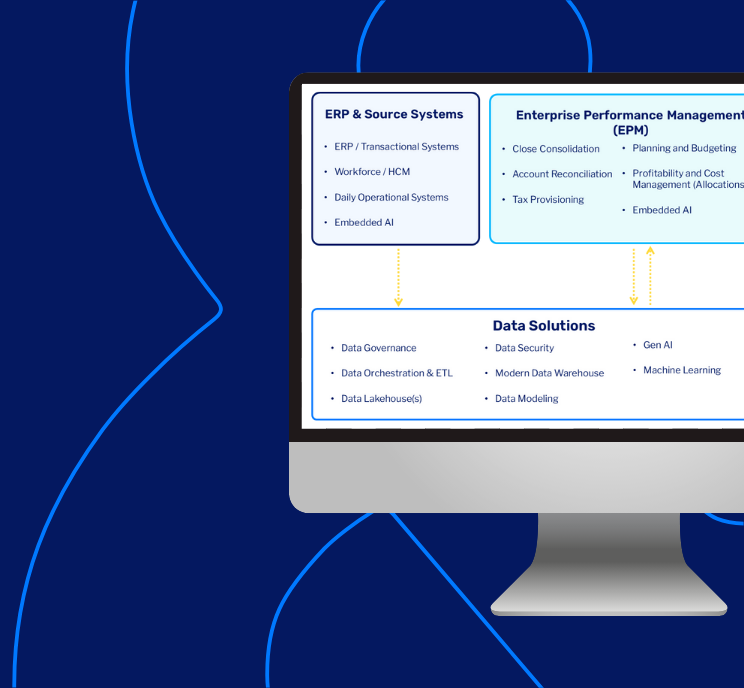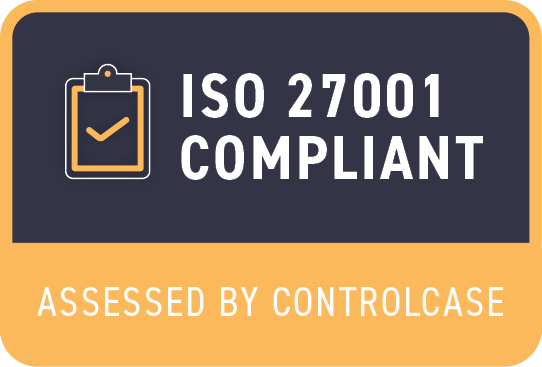In order to enhance process efficiency, reduce business risk, and increase quality, organizations are increasingly turning to business process improvement (BPI). As described within The Executive’s Guide to Business Process Improvement, BPI consists of an in-depth assessment of challenges, processes, risks, and controls, followed by the development of a plan to optimize and align practices with an organization’s goals and strategy.
A successfully conducted BPI project results in a series of action items to address the core goals of process enhancement and risk mitigation, and oftentimes these action items recommend a reduction in manual processes and an increase in automation. Before getting too far along into the meat and potatoes, it’s important to define a couple things.
- A manual process refers to any function or workflow that requires human effort, manipulation, or data transfer that occurs outside of an automated IT application.
- Automation, and automated processes, are housed and conducted through IT applications and may include enterprise resource planning software (ERP), artificial intelligence (AI), or robotic process automation (RPA).
There are substantial benefits to organizations that choose to implement business process automation.
Benefits
- Greater Profit through Cost Savings: While there may be upfront costs to consider when implementing automation, over time organizations should realize an overall reduction in costs, helping drive long-term profit. Reductions in cost resulting from automation include decreased overhead, ease of access to data, reduced audit expenses, and greater workforce productivity.
- Increased Process Efficiency: In a manual process, steps such as manual data transcription, cataloging and maintenance of information, or obtaining approvals typically require a significant amount of personnel time. When incorporated into an automated process, these functions can be performed in a matter of seconds, freeing up employees for other tasks.
- Enhanced Quality: Even the most diligent workers can mistakenly type in an incorrect number or misplace a document. An automated system will perform these steps based on systematic rules that will significantly reduce errors that can occur through human performance.
- Improved Efficiency and Controls through Workflow Tracking: An automated system can be designed to route documents to the correct preparer/reviewer/approver based on workflow. This routing can be configured according to established thresholds (e.g. invoices over $5,000 must be reviewed by a manager). This helps to ensure that review processes are conducted as expected.
- Enhanced Change Management: An automated system can be designed to log access and changes to records which provides management the opportunity to review edits and ensure inappropriate changes have not occurred. This increases overall process security and can enhance efficiency through the prevention of unauthorized changes.
Risks
While there are benefits to process automation, risks exist when transitioning and applying process automation techniques. The following are a couple examples of risk mitigation functions organizations should apply when transitioning to process automation.
- Application Security: Systems that hold and process data, especially personally identifiable information and/or financial and healthcare data, can be at risk of a breach. Organizations must ensure that appropriate controls have been designed and implemented to secure systems against outside threats. This requires that IT support professionals understand and perform the ongoing steps necessary for security and system maintenance. Examples of security controls include but are not limited to access management, change management, network security, and system maintenance.
- Training and Employee Knowledge: Use of a new system or process may result in initial resistance or user error by existing employees. Transitioning to automation may require process training to ensure employees are appropriately knowledgeable.
Overall, an organization should consider how the potential benefits will scale to their business to outweigh the associated risks. Large organizations with significant data usage may find the greatest benefit of automation, however the implementation of automated processes can help organizations of all sizes to reduce risk and enhance process efficiency.
If you want to learn more about the benefits and risks of business process automation, you can reach out to our Risk Management team.





